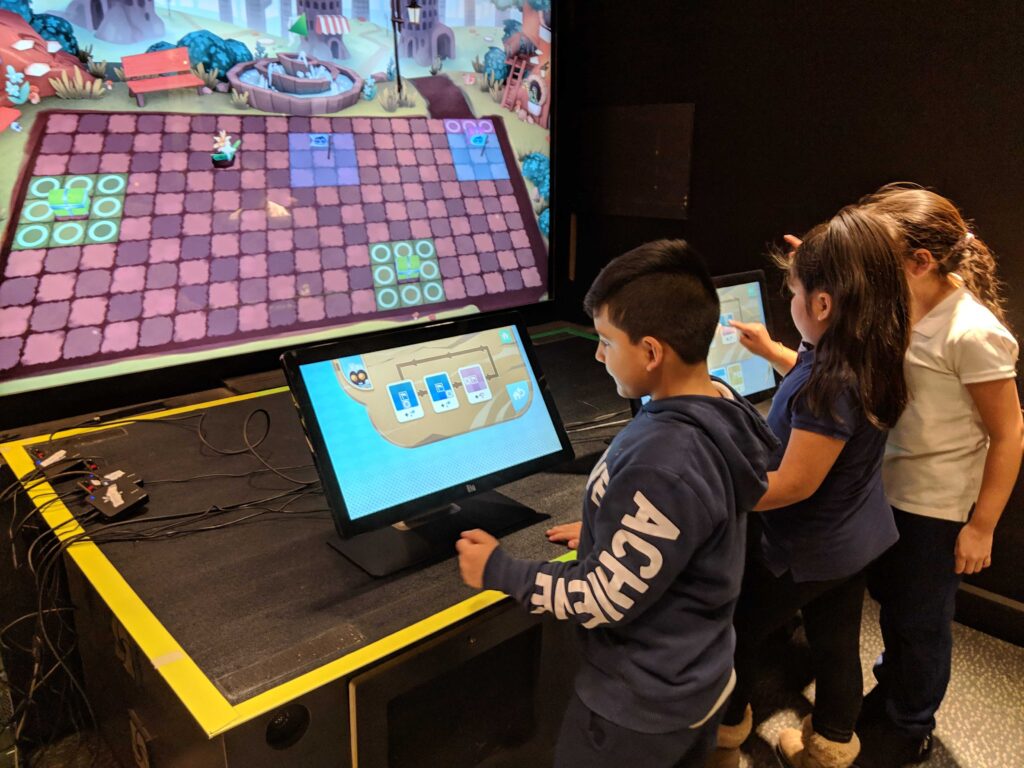“Game Design for Accessibility Inclusive Experiences for All Players”
Game design for accessibility has gained increasing recognition in the gaming industry, aiming to create inclusive experiences that cater to players of all abilities. This article explores the importance of game design for accessibility, highlighting the need for inclusive features and approaches that ensure everyone can enjoy and engage with games. From visual and auditory considerations to input customization and inclusive interfaces, game designers have the power to break down barriers and provide equal opportunities for all players.

Understanding Accessibility in Game Design: We begin by defining accessibility in the context of game design. Accessibility refers to the design and implementation of features that enable individuals with disabilities or varying abilities to fully participate in and enjoy games. We discuss the importance of designing games with accessibility in mind from the outset, rather than as an afterthought, to create experiences that are inclusive and considerate of diverse player needs.
Visual Accessibility: Enhancing Visibility and Clarity: Visual accessibility focuses on enhancing visibility and clarity for players with visual impairments or challenges. We explore the use of adjustable text sizes, high contrast options, colorblind-friendly palettes, and clear visual indicators to convey information effectively. Design choices such as distinct icons, readable fonts, and scalable UI elements contribute to making game visuals accessible to all players.
Auditory Accessibility: Providing Alternatives and Subtitles: Auditory accessibility aims to provide alternatives and support for players with hearing impairments or those who prefer alternative audio options. We discuss the inclusion of closed captions, subtitles, and visual cues to convey important audio information. Additionally, offering customizable audio settings, such as volume sliders and the ability to adjust sound effects and music independently, ensures players can tailor their gaming experience to their specific auditory needs.
Motor Accessibility: Customizing Input and Controls: Motor accessibility focuses on customizing input and controls to accommodate players with motor impairments or limitations. We explore options such as remappable controls, adjustable input sensitivity, and alternative input methods, such as joystick support or eye-tracking technology. These customization features allow players to adapt controls to their unique abilities, enabling them to fully engage with the game and overcome physical barriers.
Cognitive Accessibility: Clear Communication and Gameplay: Cognitive accessibility aims to provide clear communication and gameplay experiences for players with cognitive impairments or challenges. We discuss the importance of intuitive interfaces, simplified instructions, and clear objectives to reduce cognitive load and facilitate understanding. Design choices that minimize distractions, offer adjustable difficulty settings, and provide in-game prompts or reminders contribute to creating a more accessible and enjoyable gaming experience.
Inclusive Interfaces and User Experience: Inclusive interfaces play a crucial role in ensuring that games are accessible to all players. We explore the principles of inclusive design, focusing on providing customizable user interfaces, adaptable user experiences, and intuitive navigation. Offering multiple input methods, such as keyboard, mouse, or gamepad support, caters to a wide range of player preferences and abilities, fostering inclusivity and enhancing the overall user experience.
The Importance of Player Feedback and Testing: Player feedback and testing are essential components of designing accessible games. We discuss the significance of involving players with diverse abilities in the development process, actively seeking feedback, and conducting accessibility testing. By incorporating user insights, game designers can identify and address accessibility issues, refine features, and ensure that the final product meets the needs and expectations of all players.
The Impact of Accessible Game Design: Accessible game design has a profound impact, not only on players with disabilities but on the gaming community as a whole. We explore the positive social impact of inclusive game experiences, fostering a sense of belonging, representation, and empowerment for individuals who may have been traditionally excluded from gaming. By embracing accessibility, game designers contribute to a more inclusive and diverse gaming landscape.
The Future of Accessibility in Game Design: The future of accessibility in game design holds immense possibilities for even more inclusive experiences. We discuss emerging technologies, such as haptic feedback, voice recognition, and virtual reality, that have the potential to further enhance accessibility in gaming. Additionally, we explore the ongoing efforts within the gaming industry to raise awareness, share best practices, and advocate for greater accessibility in game design.
Game design for accessibility is a vital aspect of creating inclusive experiences that cater to players of all abilities. By considering visual, auditory, motor, and cognitive accessibility, game designers have the power to break down barriers, provide equal opportunities, and foster a sense of inclusivity within the gaming community. Embracing accessibility not only benefits players with disabilities but enriches the overall gaming experience for everyone. As the importance of accessibility continues to be recognized, the future holds exciting possibilities for even more accessible and inclusive games, creating a gaming landscape that is welcoming and enjoyable for all players.